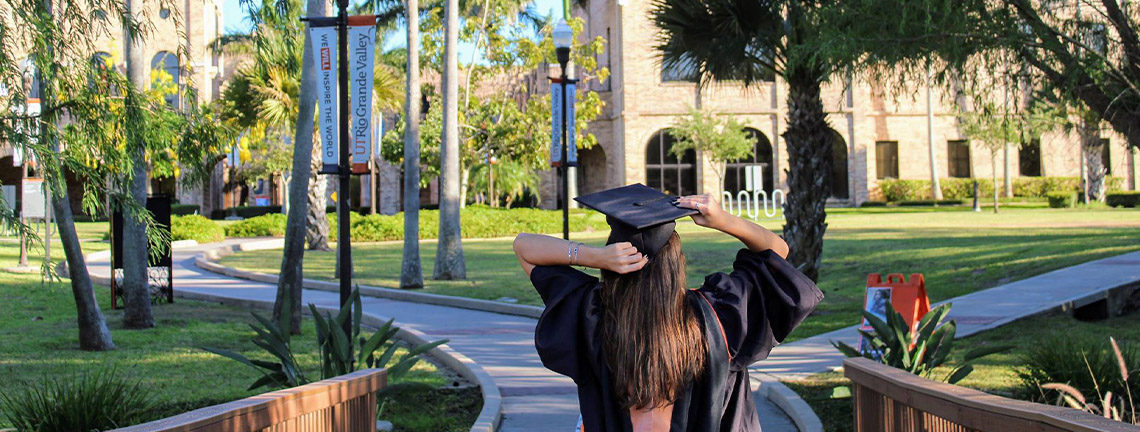
Theses and Dissertations
Date of Award
12-1-2024
Document Type
Thesis
Degree Name
Master of Science in Engineering (MSE)
Department
Manufacturing Engineering
First Advisor
Jianzhi Li
Second Advisor
Farid Ahmed
Third Advisor
Andrew Tsin
Abstract
This paper introduces a research study of printing parameter optimization of extruded, cell-laden, 3D bioprinted coaxial tubules, as well as cell interaction observations. Optimization of printing parameters seeks to reduce variability of the tubules’ inner and outer diameters. The tubules were manufactured from a 0.4% Collagen I - 1.6% NaC6H7O6 (Sodium Alginate) bioink, that reaches gelation through interaction with a 3.2% CaCl2 (Calcium Chloride) solution. The bioinks were extruded through a dual syringe pump mechanism connected to a coaxial nozzle, which is mounted on an adapted 3D FDM (Fused Deposition Modeling) printer. The in vitro model uses HAECs (Human Aortic Endothelial Cells) for testing and for cell interaction observation between tubules. These cells were embedded in the bioink in two ways, through cell deposition and cell injection.
The results of the study demonstrated the optimal speeds and printing distances for the least variability in the inner and outer diameters of the coaxial tubule. Additionally, cell interaction was determined to vary depending on cell deposition or cell injection. Depending on the desired outcome, each method could be further evaluated.
Recommended Citation
Perez Garcia, I. G. (2024). 3D Bioprinted Coaxial Tubule Optimization for Human Aortic Endothelial Cell Growth [Master's thesis, The University of Texas Rio Grande Valley]. ScholarWorks @ UTRGV. https://scholarworks.utrgv.edu/etd/1644


Comments
Copyright 2024 Ilse Gabriela Perez Garcia.
https://proquest.com/docview/3153403015